Reduce your carbon footprint with GamesForest.Club
Reduce your carbon footprint with GamesForest.Club
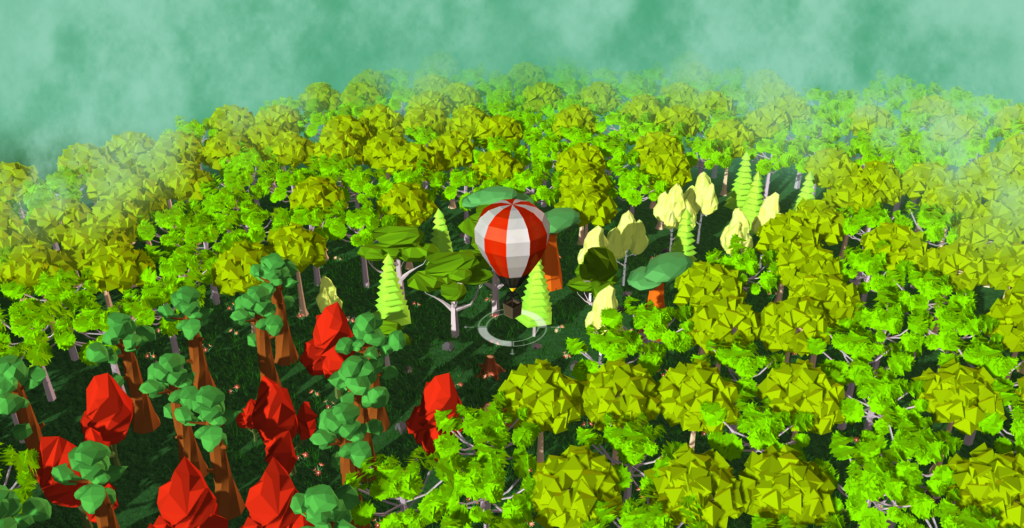
GamesForest.Club approaches the climate adaptation and mitigation potential of forests in a holistic way. The projects we support ensure maximum carbon absorption in the most cost-effective way, while also integrating multiple aspects of ecosystem integrity. This means that we do not only focus on carbon sequestration, but also integrate multiple sustainability criteria in terms of ecological, social and economic gains, such as protecting biodiversity; improving human health and wellbeing; increasing food and water security; delivering goods, services, and economic prosperity for all.
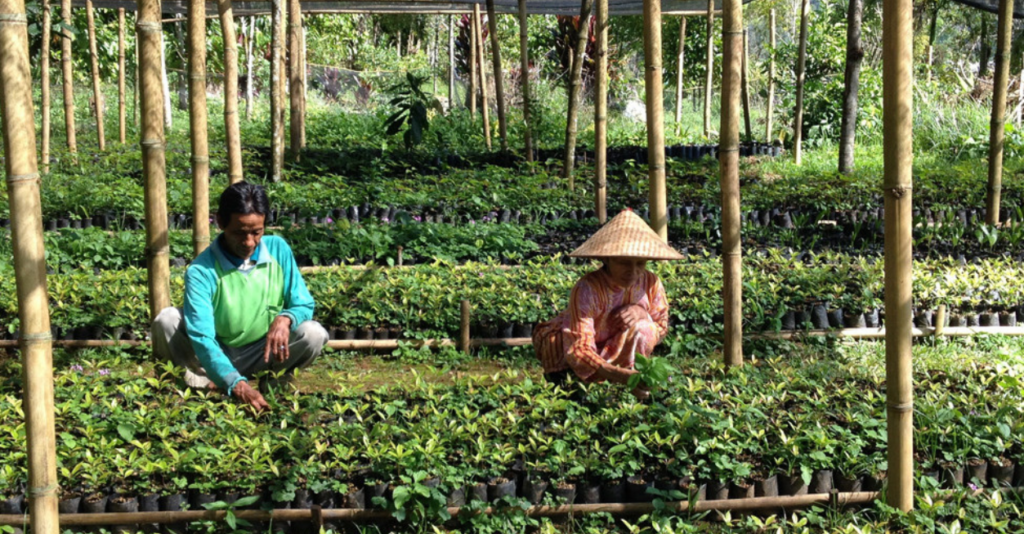
To achieve this, we facilitate carbon credit purchases directly from restoration project managers throughout the world. This does not only allow us to build relationships of trust with the people doing restoration work on the ground, but also to achieve competitive carbon credit prices through direct purchases. These take place through the most established carbon credit Registries to avoid double carbon accounting and to ensure transparent handling of all transactions: from your company’s account all the way to the intervention taking place on the land.
We apply the minimum possible overhead costs above the purchase price of carbon credits, to cover administrative costs of running the GamesForest.Club. As a non-profit organisation, we are committed to reinvesting all profits to restoration of more forest land, through an expanding array of partnerships, products and services. At the same time, we are developing innovative tools for effective and transparent monitoring of the supported projects. In this way, we make sure that your money is translated to the maximum climate benefits, advancing your company’s effort towards the Sustainable Development Goals, and beyond.
Get in contact with the GamesForest.Club today, to discuss your carbon credit purchase. We will take immediate action to reserve the respective carbon credits, offering official certificates with unique identifiers for each carbon credit, as well as our Social Media-Package (promotion on 4 different channels & a blog article) including your own digital forest twin, and a GamesForest Restoration Badge.
Gula Gula Food Forest
West Sumatra, Indonesia
Past deforestation and inappropriate land use practices in West Sumatra have turned the village-owned upland areas into degraded grasslands. These are not only unproductive but are also highly susceptible to pests, diseases and wildfires which can spread rapidly to the surrounding forests. The aggressive growth of grasses competes for survival with the seeds of indigenous forest tree species that are dispersed by wind, birds or animals.
The Gula Gula Food Forest Program works to reverse poverty, climate change and biodiversity loss in an integrated manner through the restoration of degraded lands in West Sumatra, Indonesia. They achieve this by converting degraded land into productive food forests that capture and store carbon; training communities in assisted natural regeneration techniques and in building regenerative forest enterprise cooperatives. Through this, community incomes are not only supported through the trading of sustainably sourced food forest products, but also through profit-sharing of carbon credit sales.
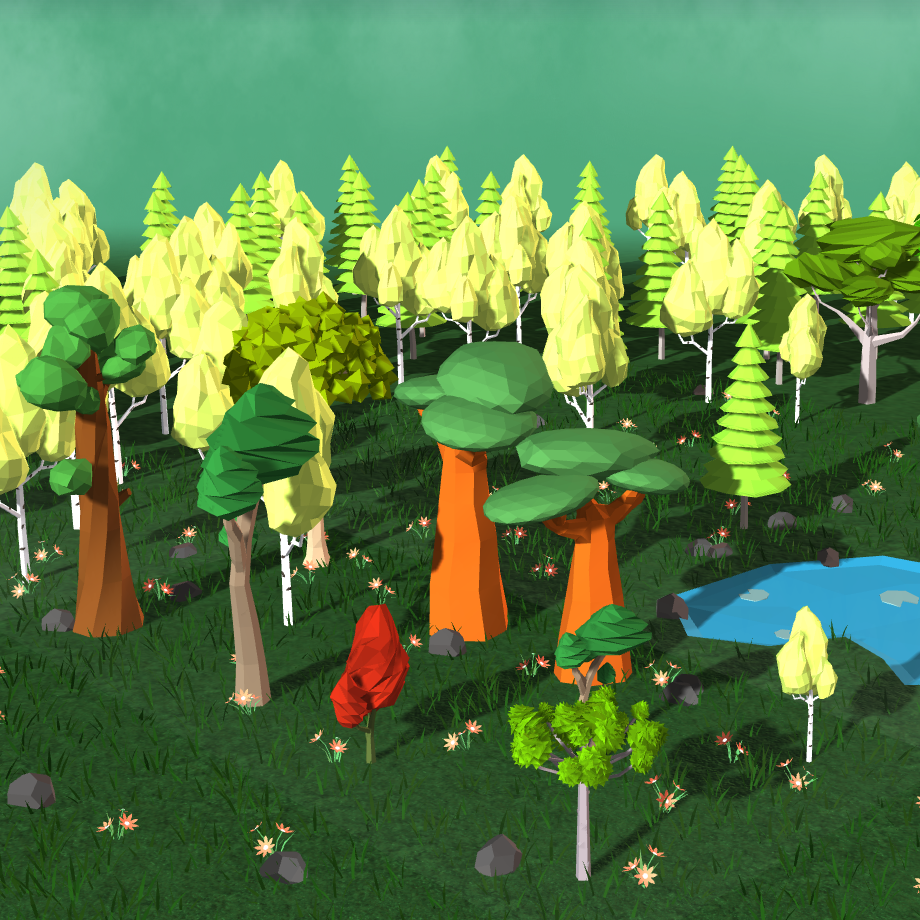
Within 2-5 years, the growing of indigenous food trees (eg. fruit, timber and spice trees) restores the microclimatic conditions needed for planting other tree and crop species of high economic value. Biodiversity and ecosystem services are then restored, paving the way for sustainable agricultural production. Rural livelihoods are improved and people are not forced to encroach into the forest any more. Above- and below-ground carbon fixation is increased considerably, achieving a triple win for climate change mitigation, biodiversity and rural livelihoods.
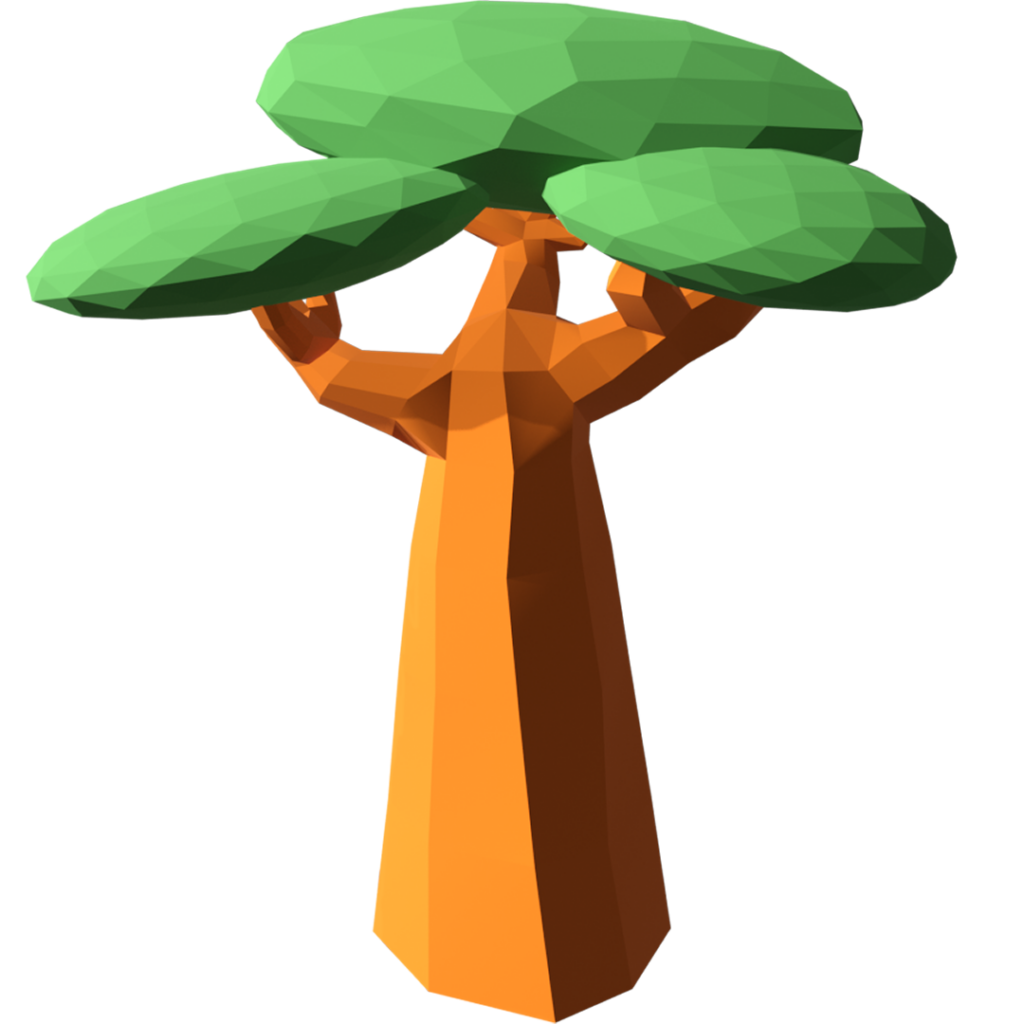
Project contributions towards the Sustainable Development Goals
The Sustainable Development Goals are a call to action to promote prosperity while protecting the planet. By offsetting your carbon footprint at the Gula Gula Food Forest you are contributing to measurable impact against the combined climate, biodiversity and poverty crisis. Specifically, the project addresses the following Sustainable Development Goals:
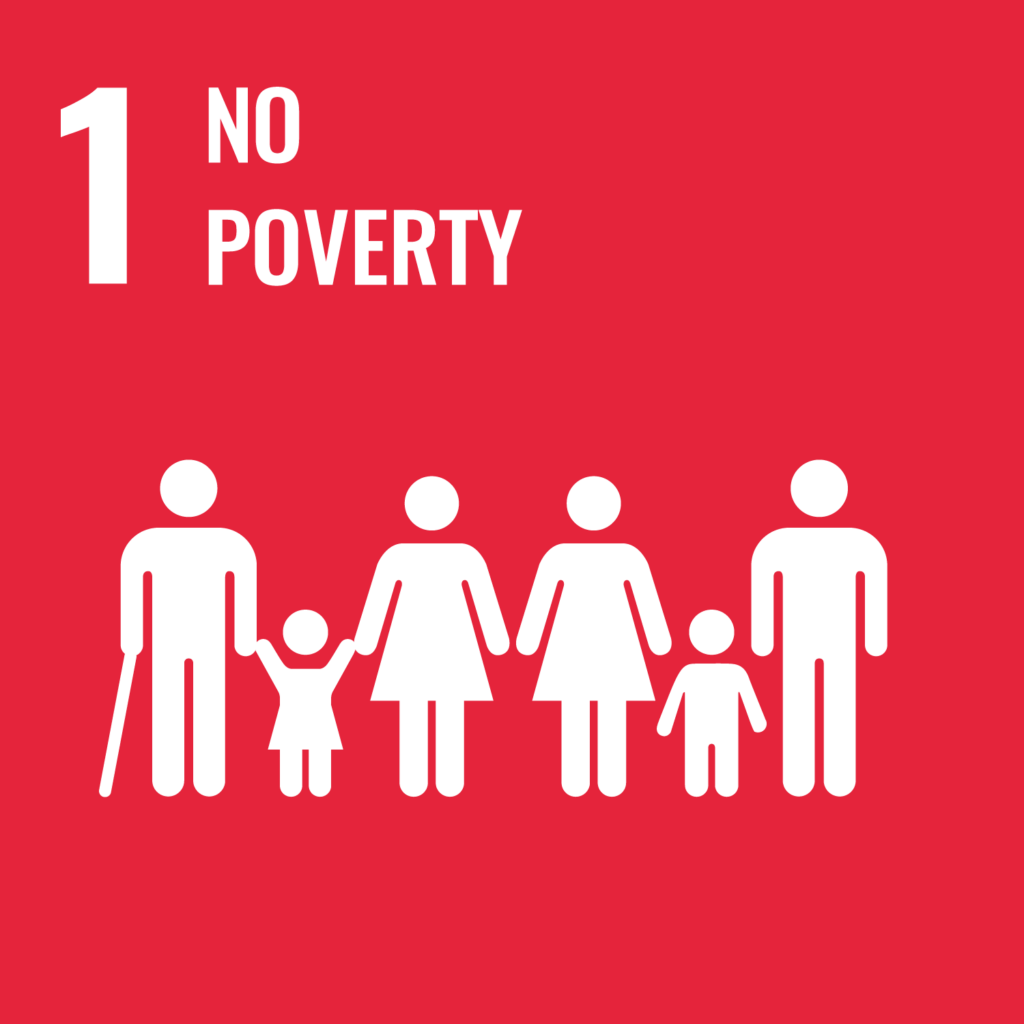
A total of 140 families participate in direct restoration work at the project, each one managing ca. one hectare of land from which they get a decent livelihood. The project aims to reach more than the official minimum wage of West Sumatra for the farmers (above 150 EUR/month on average), by building village-based processing units to add value to the agricultural products and increase incomes for the producers.
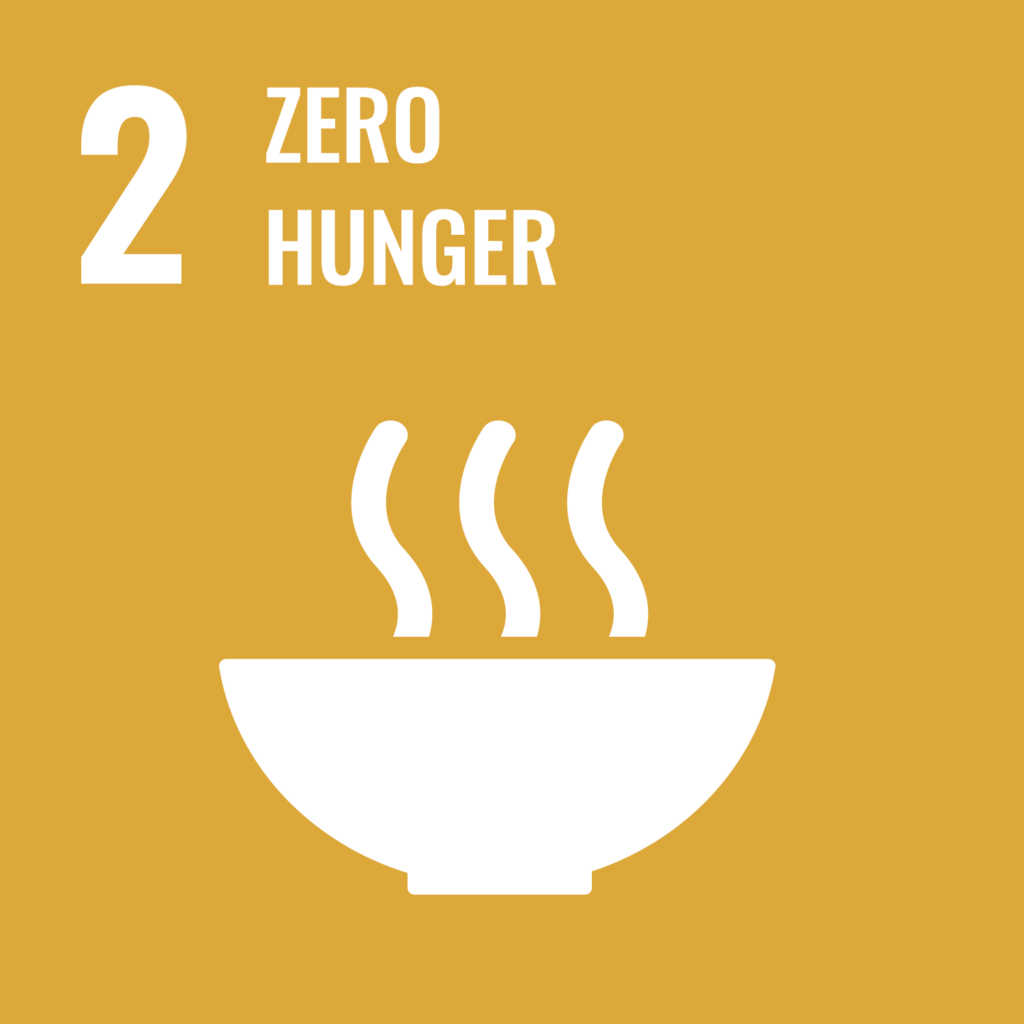
Roughly 1600 people (over 500 families) from the villages of the Solok and Agam districts already benefit from the program, through the provision of healthy, nutritious and sustainable food.
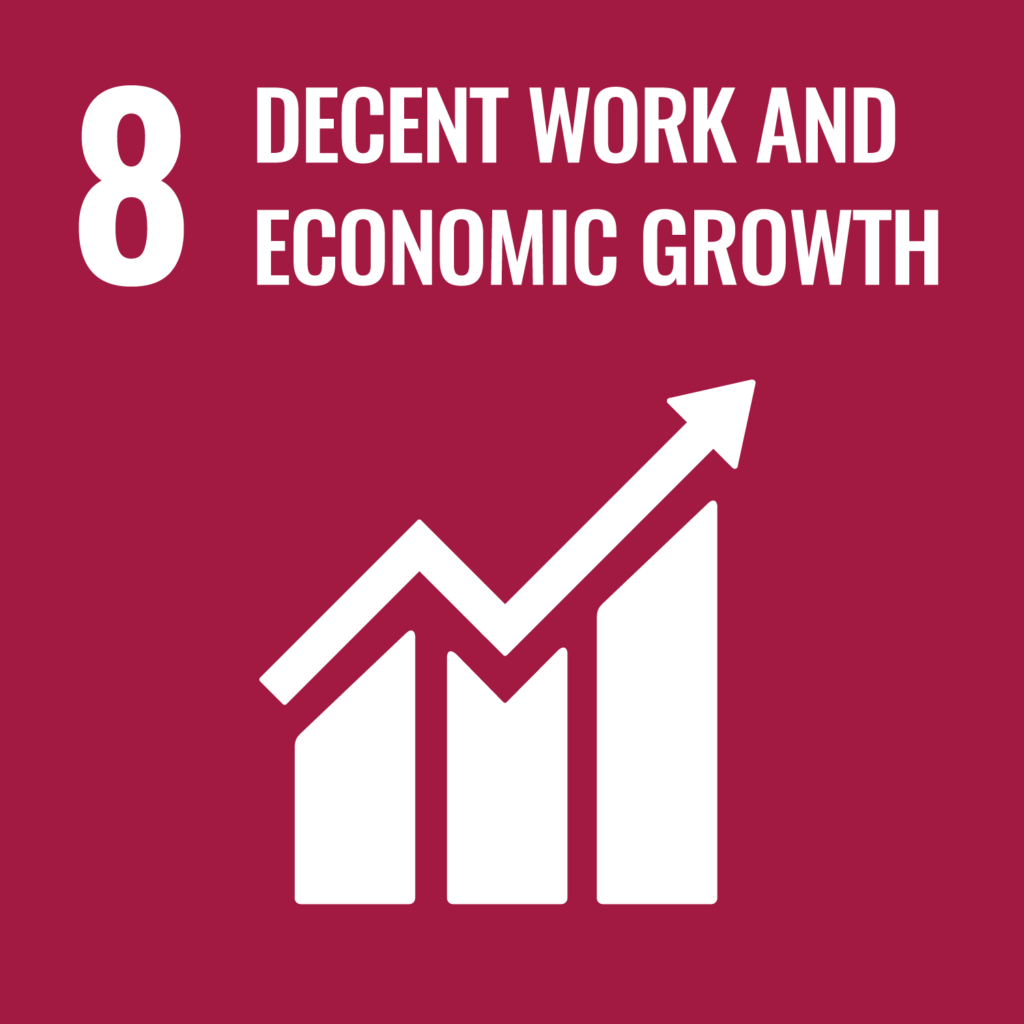
Employment relationships and opportunities are based on the principle of equal opportunity and fair treatment. Local processing provides growing employment opportunities for everyone.

The project focuses on carbon sequestration through the restoration of degraded lands, by planting an average of 1,355 trees per hectare, including the natural regenerants. Increasing the tree cover improves the water retention capacity, as increasingly intensive and irregular rainfall can be absorbed better by a forested landscape, reducing risks of impacts from heavy rains, i.e. floods and soil erosion.

The project adopts practices that integrate conservation needs (Assisted Natural Regeneration) and development priorities (planting of economic valuable trees) to ensure environmental protection and sustainable use of natural resources. 165 hectares of degraded land are restored in West Sumatra, and this number keeps rising. By promoting sustainable land use, the project halts and reverses land degradation, bringing back forested landscapes and its associated native biodiversity.

The project establishes democratic, local association development (cooperatives) to improve access to global markets, strengthening partnerships between farmers, the private sector and end consumers.
Real-time Project Monitoring
We use state-of-the-art technology to monitor progress, detect land use changes, map trends and quantify differences on the Earth’s surface related to the restoration projects we support. By integrating data and satellite imagery from open databases, we can share with you locally-specific insights such as which species that might be present in the area, soil pH, vegetation change, rainfall amounts, carbon sequestration potential, and much more. In this way, you can also track the restoration project you support in real time, pushing the boundaries of positive and lasting impact. Current computational ability to cache around 3 million pre-calculated insights means that we can receive multiple insights in mere seconds from a multi-petabyte catalog of satellite imagery and geospatial datasets. These monitoring capacity improves as new land data becomes available.